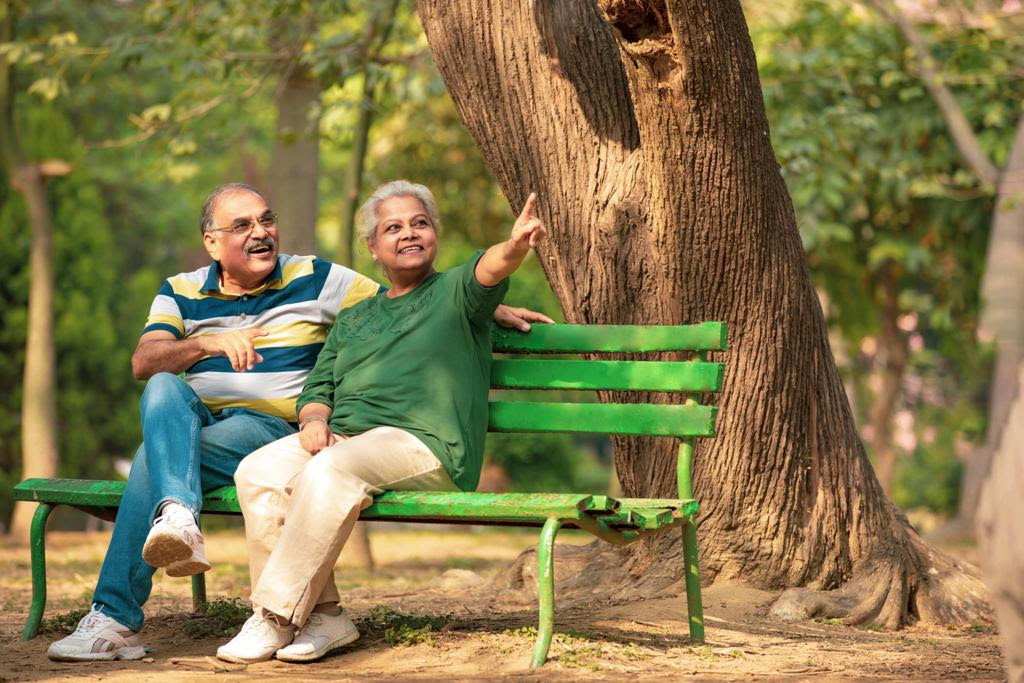
Senior-Friendly Housing: What to Look for in a Retirement Home
As people age, their housing needs change. Whether planning for retirement or seeking a home for elderly family members, senior-friendly housing plays a crucial role in ensuring comfort, safety, and convenience. Retirement homes today offer a range of features that cater to senior citizens’ specific requirements, enhancing their overall quality of life. This blog will explore the key factors to consider when choosing a senior-friendly home.
- Location & Accessibility
✔ Proximity to hospitals, medical facilities, and pharmacies.
✔ Access to public transport or private shuttle services.
✔ Located in quiet, safe neighborhoods with low pollution levels.
✔ Close to markets, parks, religious places, and community centers.
✔ Preferably on the ground floor or with elevator access for easy mobility.
- Safety & Security Features
✔ Gated communities with 24/7 security and CCTV surveillance.
✔ Emergency call buttons and intercom systems in each unit.
✔ Non-slip flooring, grab bars, and handrails in bathrooms and stairways.
✔ Well-lit hallways and motion-sensor lights for night-time safety.
✔ Fire safety measures, including smoke detectors and fire extinguishers.
- Age-Friendly Design & Comfort
✔ Step-free, barrier-free entrances for easy wheelchair access.
✔ Wider doorways and hallways for mobility aid users.
✔ Comfortable seating areas with proper back support.
✔ Easy-to-use lever-style door handles and touch-sensitive switches.
✔ Spacious bathrooms with walk-in showers and anti-skid tiles.
✔ Ergonomically designed kitchens with accessible storage units.
- Healthcare & Medical Assistance
✔ On-site medical facilities or nearby hospitals.
✔ Availability of nursing or caregiver support services.
✔ Emergency response systems with panic buttons.
✔ Regular health check-ups and wellness programs.
✔ Pharmacies within the premises or home delivery of medicines.
- Social & Recreational Amenities
✔ Community centers for social gatherings and activities.
✔ Well-maintained parks and walking trails for daily exercise.
✔ Libraries, reading rooms, and hobby clubs.
✔ Group exercise classes like yoga, meditation, or physiotherapy.
✔ Indoor games, movie nights, and cultural events.
✔ Dining halls offering nutritious meals for seniors.
- Assisted Living & Special Care Options
✔ Availability of assisted living services for seniors needing extra help.
✔ Special housing for individuals with Alzheimer’s or dementia.
✔ Trained staff for mobility assistance and personal care.
✔ Hospice care options for seniors requiring palliative support.
✔ Independent living with the option to transition to assisted care as needed.
- Financial Considerations & Affordability
✔ Evaluating the cost of retirement homes versus independent living.
✔ Exploring government schemes, senior citizen discounts, and tax benefits.
✔ Checking maintenance charges and hidden costs.
✔ Understanding ownership versus rental models for senior-friendly homes.
✔ Comparing different retirement communities based on budget and amenities.
- Future-Proofing for Long-Term Needs
✔ Homes that can be adapted to future mobility needs.
✔ Smart home technology for voice-activated controls and security alerts.
✔ Planning for long-term financial security and estate management.
✔ Availability of home nursing and rehabilitation services.
✔ Provisions for companionship and emotional well-being.
- Conclusion
Choosing a senior-friendly home requires careful consideration of safety, accessibility, healthcare, and social engagement. Whether opting for a retirement community or an independent residence with age-friendly modifications, prioritizing comfort and long-term well-being is key. Investing in a thoughtfully designed senior home ensures a secure, active, and fulfilling lifestyle for elderly individuals.
